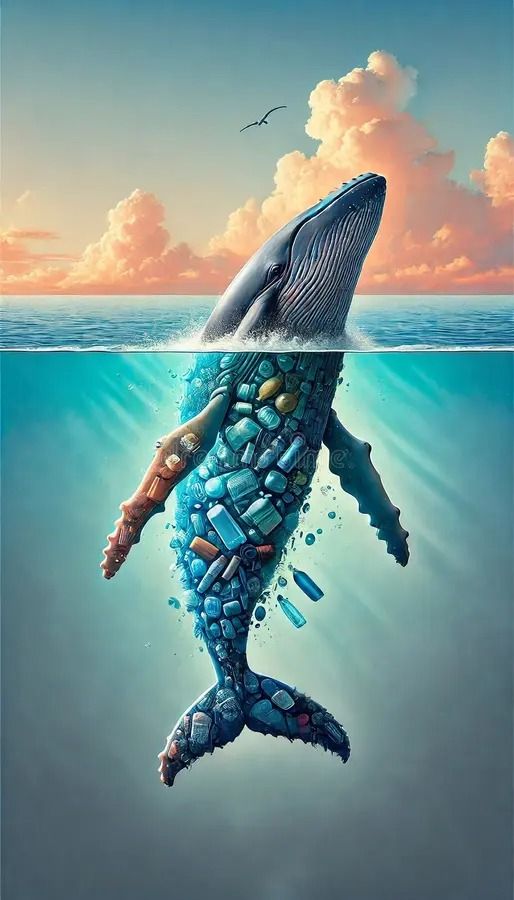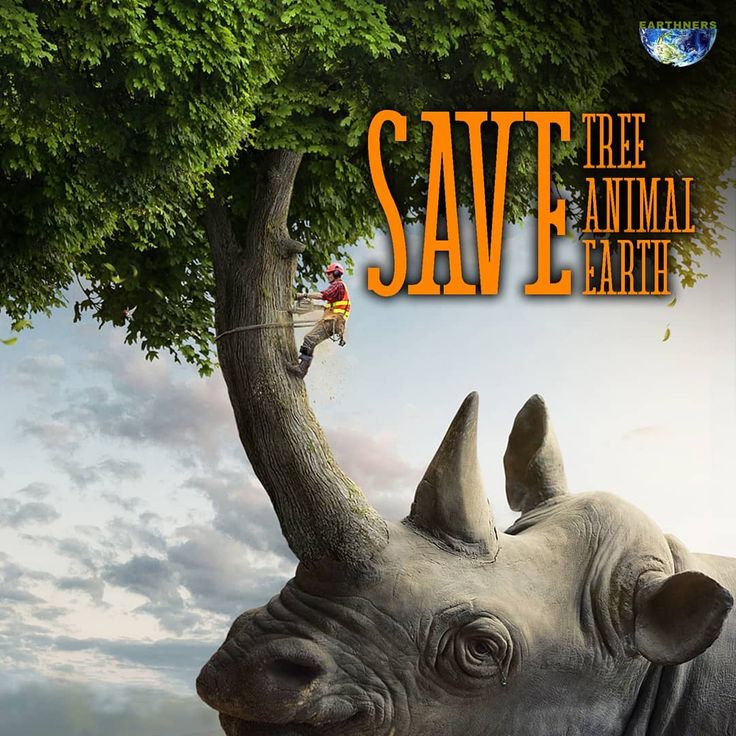How does deforestation affect both the environment and wildlife?

Deforestation is the removal of forests for agriculture, construction, mining, or logging. While it may serve short-term human needs, it causes long-term damage to both the environment and animals.
Environmental Impact:
- Trees absorb carbon dioxide and release oxygen. Cutting them increases carbon in the air, leading to global warming.
- It disrupts the water cycle, reducing rainfall and drying up water sources.
- Without tree roots to hold the soil, erosion occurs, making the land infertile.
- Forests act as climate regulators; removing them leads to unpredictable weather.
Impact on Animals:
- Habitat destruction forces animals like tigers, elephants, and monkeys to move or die.
- Some species become endangered or extinct due to loss of shelter and food.
- It causes conflict between animals and humans, as animals enter villages in search of food.
- Biodiversity is reduced, weakening ecosystems.
Preserving forests is essential for both climate stability and wildlife survival.
2. Q: Why is biodiversity important for a healthy environment?
A:
Biodiversity refers to the variety of all living organisms — plants, animals, fungi, and microorganisms — and the ecosystems they form.
Importance:
- Each species plays a unique role in maintaining balance. For example, birds eat pests, bees pollinate, and fungi decompose dead matter.
- Diverse ecosystems are more resilient to climate change and disasters.
- Food security depends on diverse crops and livestock. A disease that wipes out one variety won’t affect others.
- Medicines are made from plants and animals. For instance, penicillin comes from fungi, and some cancer drugs come from the yew tree.
- It maintains genetic variety, which helps species adapt and survive.
If biodiversity is lost, the ecosystem weakens. A healthy environment depends on a rich variety of life.
3. Q: How do human actions cause extinction of animal species?
A. Humans are the primary cause of modern animal extinction. Here’s how:
- Habitat Destruction: Forests are cleared for farming and cities, leaving animals homeless.
- Pollution: Chemicals in water, air, and soil poison animals or destroy their food sources.
- Climate Change: Rising temperatures melt ice caps, dry waterholes, and shift ecosystems, making survival difficult.
- Overhunting and Poaching: Elephants are killed for ivory, rhinos for their horns, and tigers for their skin.
- Introduction of Invasive Species: Animals from other regions compete with native species for food and space, sometimes leading to extinction.
- Fishing and Mining: Oceans are overfished and coral reefs are damaged by mining and plastic waste.




